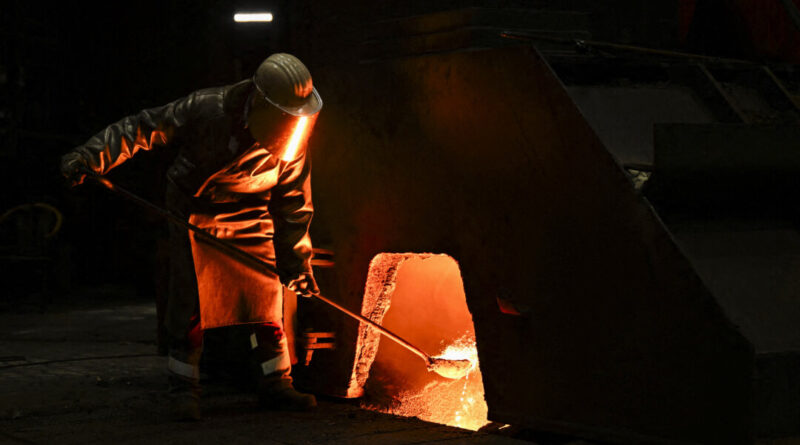EU is Considering Strengthening Regulations on Steel Imports as a Reaction to Trump’s Tariff Proposals
The bloc has safeguards in place to prevent a flood of metal exports from being redirected from the United States.
The new U.S. administration is set to implement tariffs on steel and aluminum starting Mar. 12.
Since 2018, the EU has had protective measures in place, such as tariff-free quotas and member state controls for various steel categories, to prevent a surge of metal exports from being shifted from the U.S. to the EU following the metal tariffs imposed during Trump’s first term.
Trump’s announcement of 25% tariffs on steel and aluminum will be applied to all countries, eliminating exemptions and duty-free quotas for major suppliers.
Leopoldo Rubinacci, deputy director-general for trade at the European Commission, informed a European Parliament hearing that a review of the safeguard measures had begun and is expected to be completed by the end of the following month.
“An important consideration is whether due to the expansion of steel measures and aluminum duties, there is a necessity for new safeguards or alternative protective strategies in the market,” Rubinacci shared with lawmakers in Brussels.
The commission is exploring options to extend the safeguards or adopt alternative mechanisms beyond mid-2026.
In 2018, the European Commission determined that Trump’s steel and aluminum tariffs disguised as safeguards required the U.S. to compensate its trading partners.
“The legal analysis made at that time mostly remains valid,” Rubinacci stated.
Back in 2018, the EU responded with counter-tariffs on U.S. exports like bourbon whiskey and motorbikes, but these countermeasures were suspended until the end of March.
Outside the EU, the UK released a significant consultation for its steel sector ahead of schedule in light of Trump’s planned tariffs.
“For the sake of fairness, I have decided to implement a reciprocal tariff, matching what other countries impose on the United States,” Trump remarked to reporters from the Oval Office.
Trump confirmed that no exemptions or exclusions would be granted on the tariffs, with White House officials singling out the EU’s value-added tax (VAT) as a factor that significantly raises the tariff rate on U.S. goods entering the trade bloc.
The EU’s average standard VAT rate stands at 21.8 percent.
“It’s no surprise that Germany sells eight times the number of cars to us than we do to them, but President Trump will no longer tolerate this,” a White House official told reporters during a press call before Trump’s announcement on Feb. 13.
Both the tariffs and the handling of the Ukraine conflict are creating divisions between Europe and the Trump administration.
This week, the Trump administration initiated talks with Kremlin officials in Saudi Arabia to end the conflict, while the EU reiterated its support for Kyiv at a hurriedly arranged summit at the Elysee Palace in Paris.
Reuters contributed to this report.





